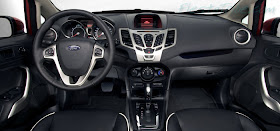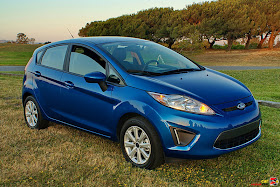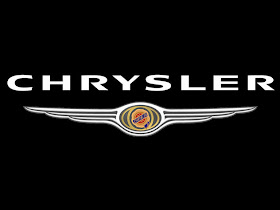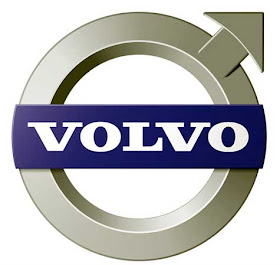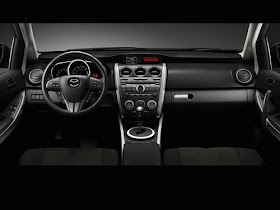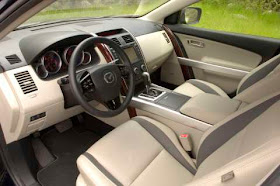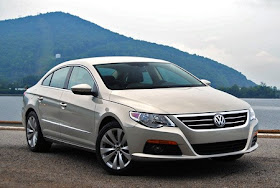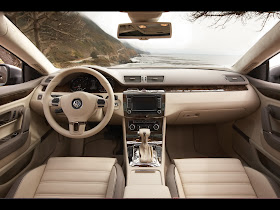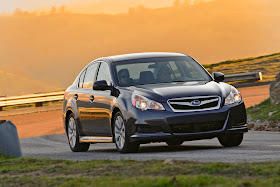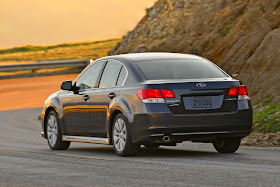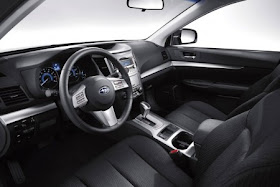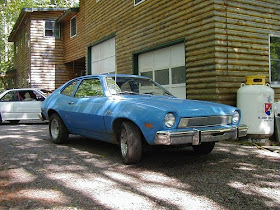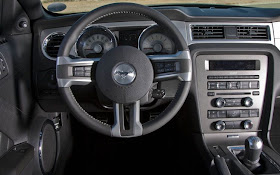
When I wrote the first drive impressions of the 2011 Ford Fiesta and promised a full review soon, I had no idea that TireKicker would be taking an unexpected two week vacation...but we did and now we're back and item one has to be to fill in the blanks left by the early look at this very significant car for Ford.
The basic first impressions (a quantum leap forward for American small cars, a serious threat to future Focus sales until we get the Euro-spec model of the Fiesta's bigger brother) all hold true.
But I see I used the word "roomy". I was so eager to get behind the wheel that I neglected to sit in the back seat. After I posted the first drive, my 5 foot 11 son sat back there...or tried to. It wasn't pleasant. And it wasn't much better for my 5 foot 4 daughter. That large trunk that I mentioned came at the expense of rear seat legroom. And while none of the cars in this class (Toyota Yaris, Nissan Versa, Honda Fit, Chevy Aveo) are limos, some of them...especially the Yaris and Versa...are better.
Coincidentally, I had a Yaris sedan the same week, and was able to drive them back-to-back. While the Fiesta dazzled with its newness, edginess and content, the Yaris had more rear and front-seat comfort, a quieter cabin and a smoother ride. And it was a few hundred dollars cheaper, too...staying under $19,000 ( The Yaris had the Sport package, a $3500 option that adds alloy wheels, spoilers, foglamps, leather trimming, power everything and an upgraded audio system) while the as-tested price of the Fiesta hit $19,600 (base for the SEL sedan is $16,320).
Gas mileage was a wash....the Yaris delivering 32 miles per gallon in an even split of urban street and freeway driving, the Fiesta 31.
Honestly, both the Fiesta and the Yaris are way out of the target zone when their stickers get that close to $20K. You can get Corollas, Sentras and Civics (not to mention the 2011 VW Jetta) for that kind of money.The base Yaris sedan starts at $13,365...the base Fiesta at $13,320. That's where the battle in entry-level sedans is likely to be fought.
But will the sedans be the main focus? The Fiesta that makes the biggest splash visually is the five-door hatchback...and the base price for that is $15,120...a big step up, especially when you consider the Yaris 5-door hatch starts at $12,905 (lower than the Yaris sedan price).
The Fiesta leads the class in style...leaving the frumpy Yaris in the dust both in terms of exterior and interior. But these are entry-level vehicles. And while Europeans have a keen understanding of the term "premium compact", the Fiesta's going to have to make a value argument to drivers from the land of Wal-Mart. That could turn out to be a very tall order.
UPDATE: We've now had a chance to drive the 5-door Fiesta...in Blue Flame metallic, like so:
It's the same strengths and shortcomings as with the sedan above, but this time, Ford sent an SE model. And that brings the value equation back into line. The base price for the 5-door SE is $1200 less than the SEL sedan, at $15,120, as mentioned above. And the options list was kept to a minimum: Rapid Spec 203A (SYNC, 80 watt premium audio system, a sport appearance package, crusie control, 15 inch painted aluminum wheels and front parking lamps with black bezels) for $1,245...Ambient lighting and Sirius Satellite radio packaged together for $370...and heated front seats for $195.
With destination charges, it addes up to $17,605, but there's a "Rapid Spec Discount" of $490...so the bottom line works out to $17,115.
EPA estimates say 37 highway/28 city.
At this price, it's worthy of inclusion in your shopping.

